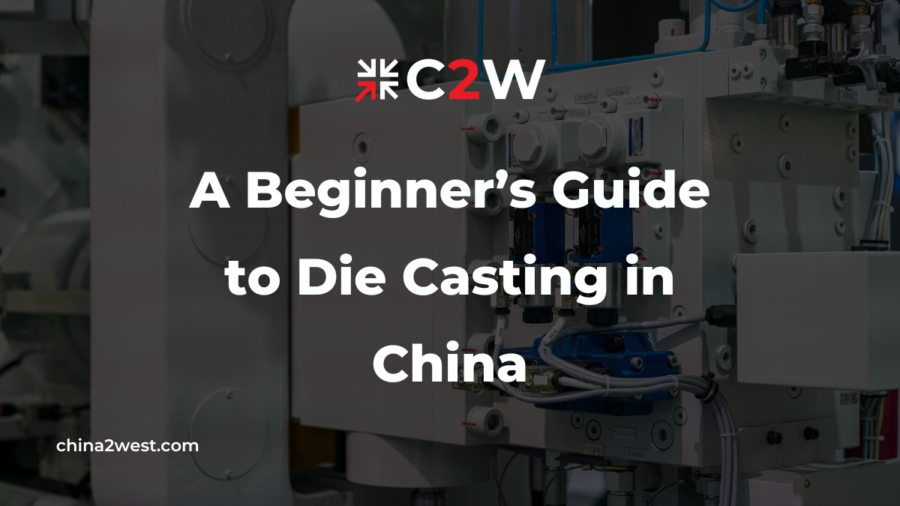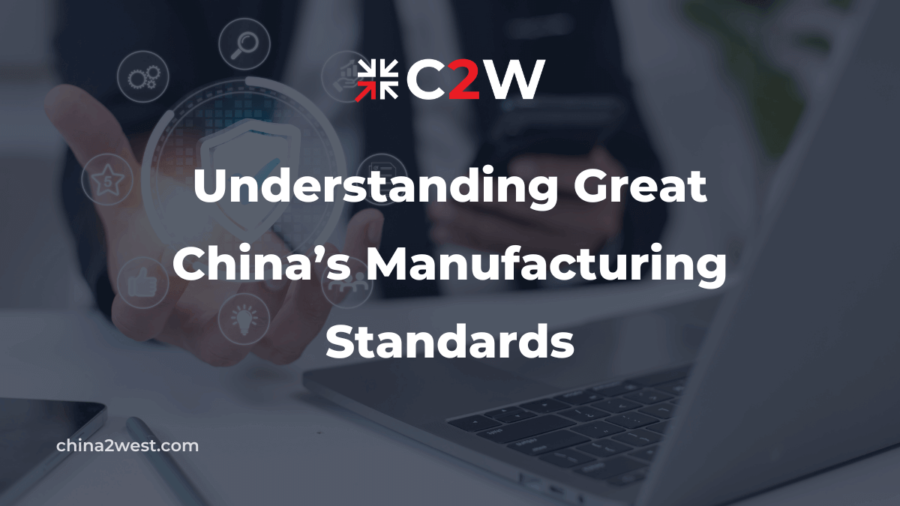Die casting is a popular manufacturing method that offers numerous advantages for companies looking to produce high-quality metal parts at a competitive price point. Whether you’re new to the world of manufacturing or considering shifting your production overseas, understanding the basics of die casting in China is essential. In this guide, we will explore the fundamentals of die casting, the benefits of manufacturing in China, the die-casting process from design to production, how to choose the right Chinese manufacturer, and the challenges in Chinese die-casting operations.
What is Die Casting?
Die casting is a metal casting process that involves forcing molten metal under high pressure into a mold cavity. The mold, also known as a “die,” is typically made from higher-strength alloys, and the high-pressure injection ensures that the metal fills the intricate details of the die, creating a precisely shaped and smooth-surfaced part.
This process is particularly suited for producing a large quantity of small to medium-sized parts with good detail, excellent surface smoothness, and dimensional consistency. Metals commonly used in die casting include zinc, aluminum, magnesium, copper, lead, and tin, although ferrous metals can also be die cast using specialized techniques.
The Importance of Die Casting in Manufacturing
Die casting stands as a pivotal manufacturing technique, characterized by its unique process of forcing molten metal under high pressure into mold cavities. This method distinguishes itself by its ability to produce parts with intricate shapes, unparalleled dimensional accuracy, and superior surface finishes directly from the mold. Predominantly utilized across a spectrum of critical industries—ranging from the automotive and aerospace sectors to consumer electronics and beyond—die casting plays a crucial role in the fabrication of metal parts that require precise specifications and robust performance.
At its core, the essence of die casting lies in its versatility and efficiency. The process is designed to accommodate a wide variety of metals, including aluminum, zinc, magnesium, and copper alloys, thus offering manufacturers a flexible solution tailored to the specific needs of their projects. The inherent efficiency of die casting is evident in its ability to produce large volumes of parts with minimal waste, making it a cost-effective option for mass production.
Moreover, the significance of die-casting extends beyond mere production metrics. The technique supports the advancement of engineering and design innovation by enabling the creation of complex parts that might be challenging or impossible to manufacture through other methods. As such, die casting is not just a manufacturing process but a facilitator of technological progress and design freedom within the manufacturing industry.
The Advantages of Die Casting in China
Opting for die-casting operations within China’s borders presents businesses with a host of compelling advantages. One of the most significant benefits is the reduction in production costs, thanks to lower labor expenses and the availability of economical materials. This cost-effectiveness does not come at the expense of quality; Chinese manufacturers are recognized for their commitment to high standards, facilitated by a workforce that combines skill with extensive experience in die-casting techniques. The presence of advanced manufacturing facilities further bolsters the capacity for producing complex and precise parts efficiently.
Additionally, China’s robust supply chain ecosystem ensures seamless access to raw materials and components, streamlining the production process and reducing lead times. This efficient network, coupled with rapid manufacturing capabilities, positions companies to respond swiftly to market demands and maintain a competitive edge in their respective industries. By choosing to manufacture in China, businesses not only benefit from economic efficiency but also tap into a system optimized for delivering quality and innovation in die-casting projects.
The Die Casting Process: From Design to Production
The die casting process is a highly efficient and versatile method of manufacturing that transforms molten metal into complex shapes with high precision and smooth finishes. The process extends from initial design to final production, encompassing several critical stages. Here’s an overview of each stage in the die casting process:
1. Design
The process begins with the design phase, where engineers and designers collaborate to create a digital model of the part to be cast. This model is essential for understanding the part’s geometry and functional requirements. It’s also used to design the mold or die, which must accommodate the metal’s flow and cooling properties. Advanced software tools like CAD (Computer-Aided Design) are employed to simulate the casting process, allowing for adjustments before the actual mold is made.
2. Mold Making
Once the part design is finalized, the next step is creating the mold, which is also referred to as a die. Dies are typically made from high-strength steel and are crafted using precision machining tools. The die is designed to withstand high temperatures and pressures and is often divided into two or more sections to allow for the removal of the cast part.
3. Material Selection
Selecting the appropriate metal alloy is critical based on the part’s application, strength, weight, and corrosion resistance requirements. Commonly used metals in die casting include aluminum, zinc, magnesium, and copper alloys. Each material has distinct properties that affect the performance and durability of the final product.
4. Die Casting Machine Setup
Die casting is performed using a die casting machine. These machines are either hot-chamber or cold-chamber machines, depending on the metal used. The machine prepares the metal by melting it to the necessary temperature. It then injects the molten metal into the die under high pressure. This high pressure is maintained until the metal solidifies.
5. Injection
The molten metal is injected into the die using a hydraulic or mechanical piston. The metal fills the die cavity, replicating the mold’s shape and details. The speed and pressure of injection are crucial factors that determine the quality of the final casting, as these influence the formation of air pockets and the metal’s ability to fill intricate designs.
6. Cooling and Solidification
After injection, the metal begins to cool and solidify within the mold. The cooling rate is carefully controlled as it significantly affects the structural integrity and mechanical properties of the cast part. The die is designed to cool the metal uniformly to prevent defects such as warping or internal stresses.
7. Ejection
Once the metal has solidified, the die halves are separated, and the solid cast part is ejected from the die using ejector pins. The ejection must be done carefully to avoid damaging the part or the die.
8. Trimming and Finishing
After ejection, the excess material that formed in the channels of the die (such as runners and gates) is trimmed away. The parts may require additional finishing techniques like sanding, polishing, or machining to achieve the desired surface quality or dimensional accuracy.
Choosing the Right Die Casting Manufacturer in China
Identifying the most suitable die-casting manufacturer in China is a critical step toward ensuring the success of your manufacturing project. Key factors to scrutinize include the manufacturer’s track record, their specialization in specific metals or industries, and the range of their capabilities, from mold design to final production. Evaluating a manufacturer’s quality control systems is equally crucial, as it directly impacts the consistency and reliability of the finished products. Engage with potential manufacturers to discuss their process controls, certifications, and how they handle quality issues.
Starting a die-casting project in China can be a rewarding venture if you go in well-prepared and informed. Understanding the nuances of working with Chinese manufacturers and setting clear, enforceable expectations from the outset can help ensure the success of your project. If you are seeking a more comprehensive solution to optimize your production, contact us to explore how our tailored solutions can meet your specific needs and drive successful results.


